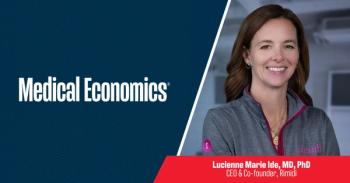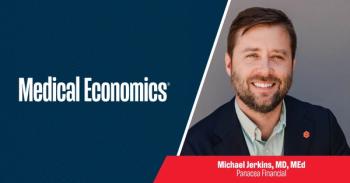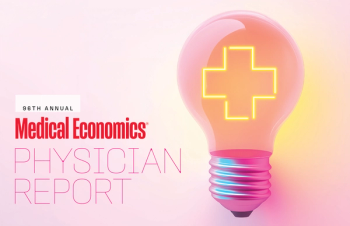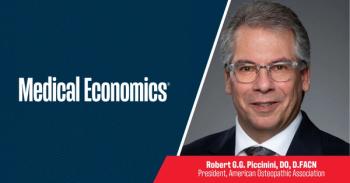
|Articles|January 18, 2021
Top Challenges of 2021
Author(s)Todd Shryock, Logan Lutton
In late 2020, Medical Economics® asked our physician audience what they thought would be the most challenging issues they will face this year. This is what they told us. Original articles are linked in the descriptions
Advertisement
Newsletter
Stay informed and empowered with Medical Economics enewsletter, delivering expert insights, financial strategies, practice management tips and technology trends — tailored for today’s physicians.
Advertisement
Advertisement
Advertisement
Trending on Medical Economics
1
RPM in 2026: RPM and rural health care
2
When people living with schizophrenia might switch to long-acting injectables
3
Best of 2025: Our exclusive physician salary and practice finance data
4
Building a bank for doctors: Recruiting staff, focusing on a niche market
5




